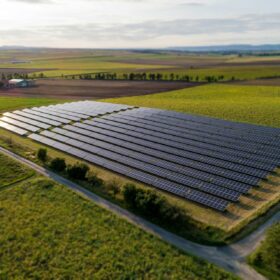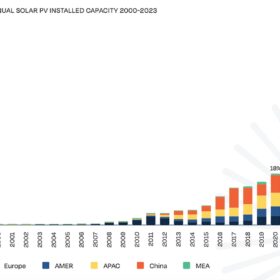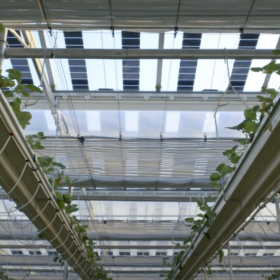‘Minimal’ land required for renewables expansion in Europe
The European Environmental Bureau (EEB) says 2.2% of the European Union’s total land can host all the solar and wind projects needed to phase out fossil fuels and nuclear power, achieving climate neutrality by 2040.
Analysts predict 337 MW of new solar in Belgium for H1
Analysts from the Becquerel Institute say that they expect 337 MW of new solar capacity in Belgium for the first half of 2024. They anticipate around 900 MW for the full year, due to growth in specific segments.
Philippines announces second microgrid auction for underserved areas
The Department of Energy (DOE) of the Philippines has announced a second microgrid auction for underserved areas, opening in August to support more than 12,000 households.
WoodMac predicts 3.8 TW of new solar by 2033
Wood Mackenzie says that solar will account for 59% of new renewables between 2024 and 2033. China is expected to drive the growth, accounting for half of new solar deployment over the projected time period.
Ukraine receives solar panels to power hospitals
Over 5,800 solar panels manufactured by Italy’s Enel have been delivered to Ukraine to help power healthcare facilties.
SolarPower Europe says 1 TW of solar could be annually installed by 2028
SolarPower Europe forecasts more than 1 TW of annual solar installations by 2028, but financing and energy system flexibility must be unlocked.
Amsterdam to allow solar panels on monuments
The Amsterdam municipal authorities say they will make installing solar panels and heat pumps easier and allow visible installations on monuments and heritage buildings.
Peer-to-peer energy trading framework for residential buildings
Scientists in the UK developed a controller for B2B trading platform that considers thermal and visual comfort. Their modeling shows that participating in local energy trading increases the robustness of the control systems in residential microgrids in face of uncertainty in the occupant comfort level.
Croatia kicks off renewables tender
Croatian energy market operator HROTE is accepting submissions from developers until June 27 to secure market premium support for 607 MW of renewables projects, including 450 MW of solar.
Strawberry agrivoltaic project combines PV, shade screens, rainwater harvesting
Insolight, an agrivoltaic specialist, has inaugurated a 3,000 sqm greenhouse project for a strawberry farm in France. The facility combines solar panels, shade screens, and rainwater harvesting.










